Markit Global Business Outlook Survey dropped from 24 in February to 18 in in July, hitting the lowest since data were first collected in 2009. The survey was carried out three times per year, and if shows net balance of global firms predicting rising output in the coming year.
US has seen the biggest slide in business optimism apart from Brazil, down to 16. Confidence ticked higher in Eurozone to 27, but remained closed to six-year lows. UK also improved slightly 32, joint second-weakest since 2009. Japan’s reading dropped to three-year low at 11.
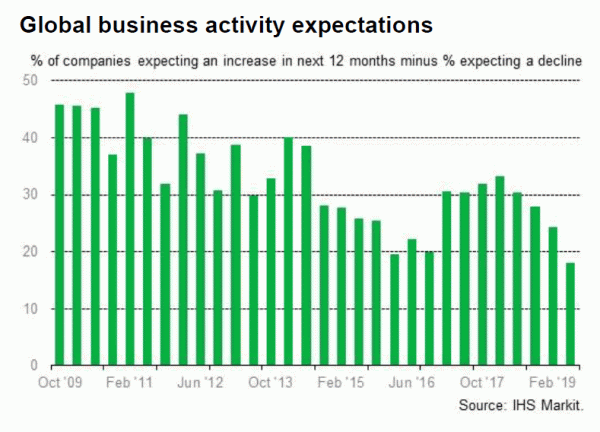
Commenting on the survey, Chris Williamson, Chief Business Economist at IHS Markit, said:
“The global business mood has darkened to the gloomiest since the height of the financial crisis in 2009. Escalating trade tensions have fuelled the downturn in optimism, exacerbating wider worries about slowing economic growth in key markets.
“Not only does the survey indicate a further weakening of global economic growth in the second half of 2019, but companies are expecting profits to be especially hard hit, which is leading to a pull-back in both hiring and business investment around the world. This in turn adds to the risk of the downturn becoming more entrenched in coming months, absent renewed policy stimulus measures.
“The big change since earlier in the year has been a marked deterioration of optimism among US companies, alongside a slide in business optimism in China, indicating how trade war tensions are hurting both economies. In contrast, sentiment picked up slightly in the eurozone and UK, albeit remaining worryingly subdued.”
Full release here.




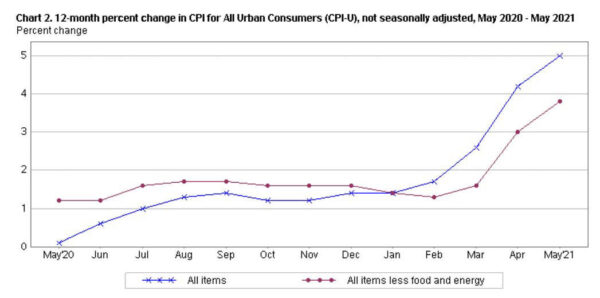
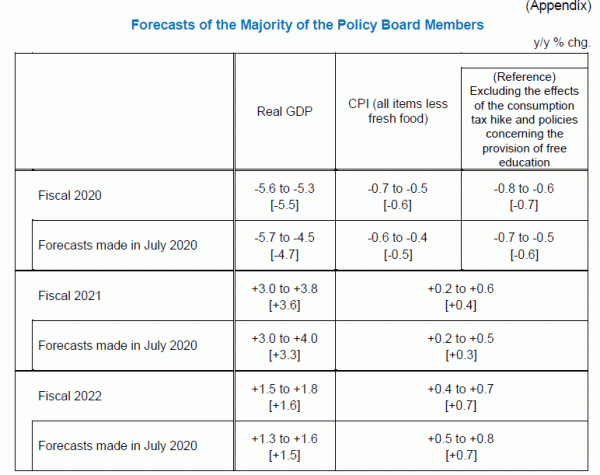

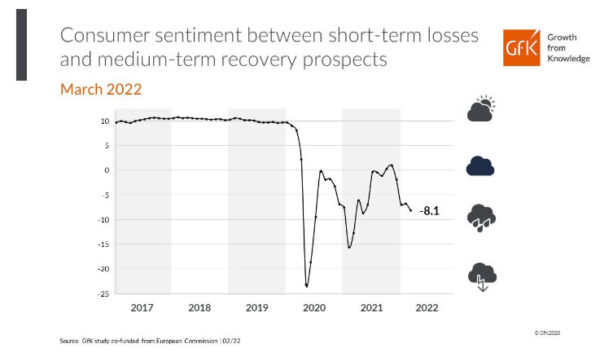
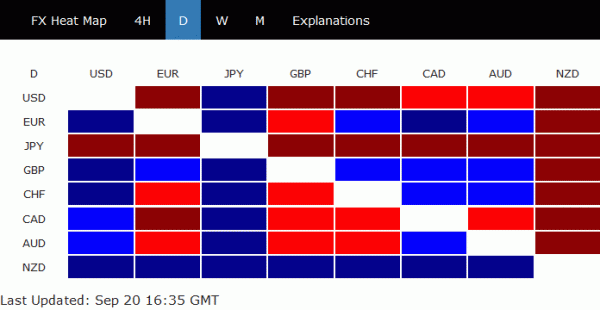
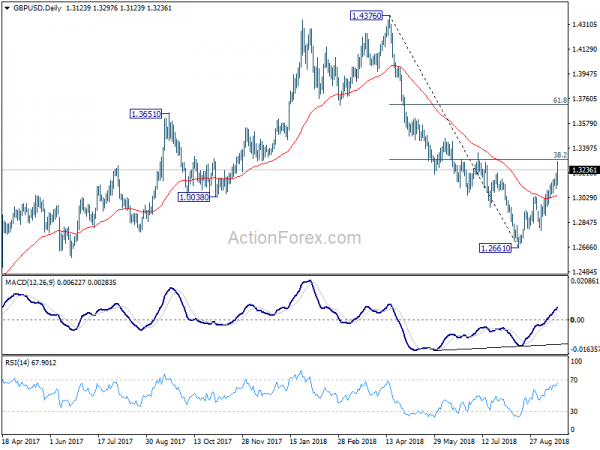
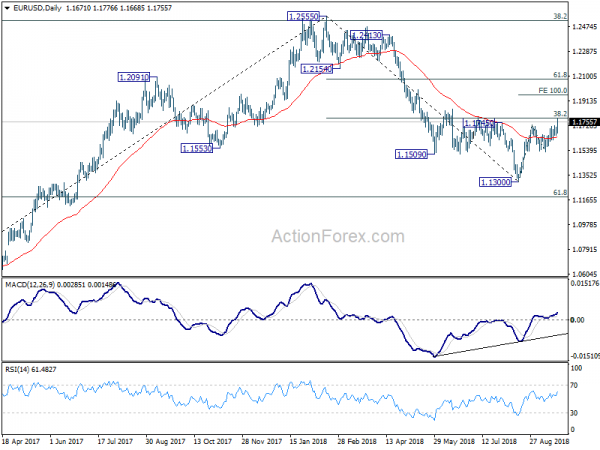
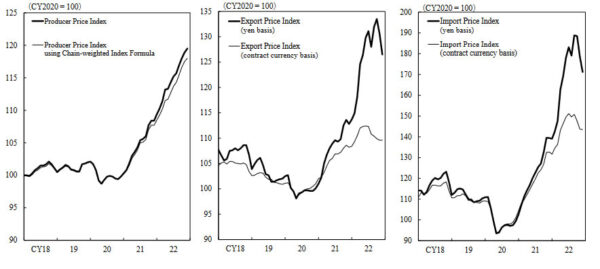
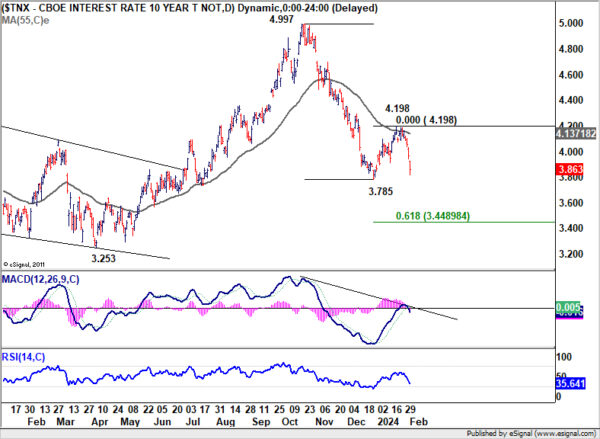
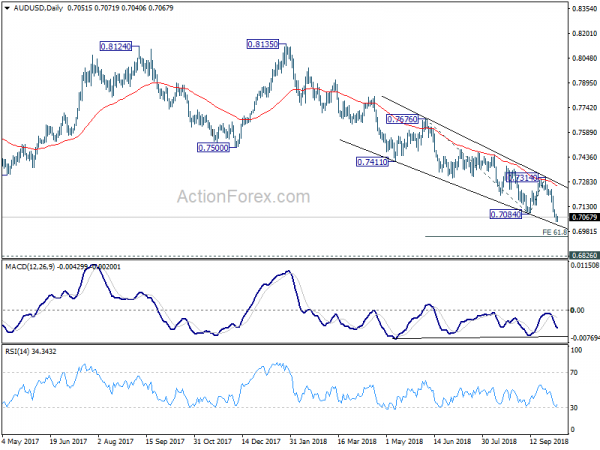
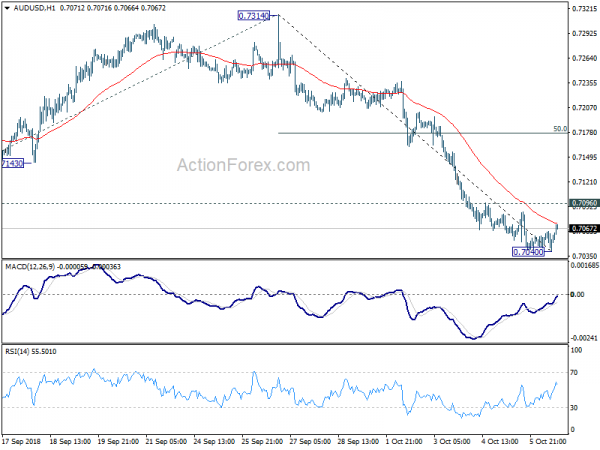

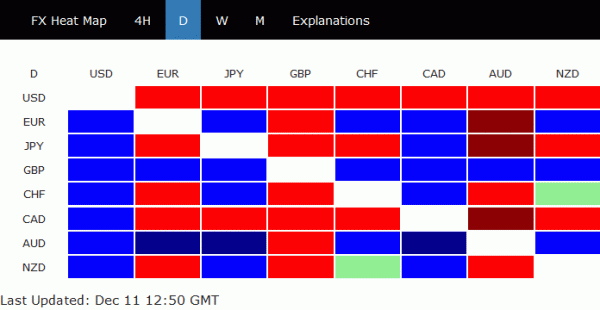

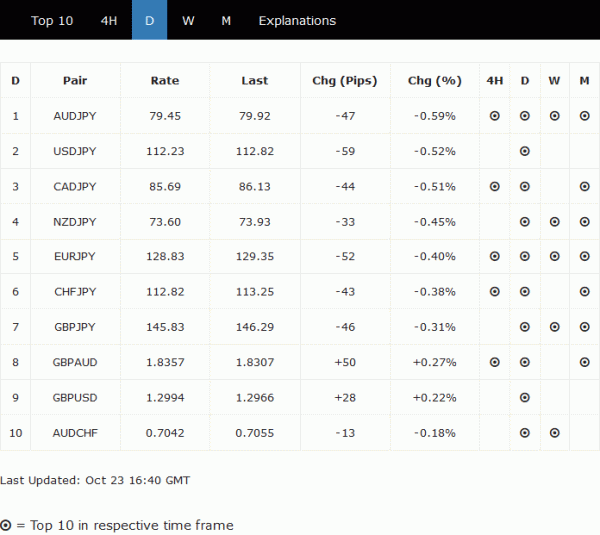
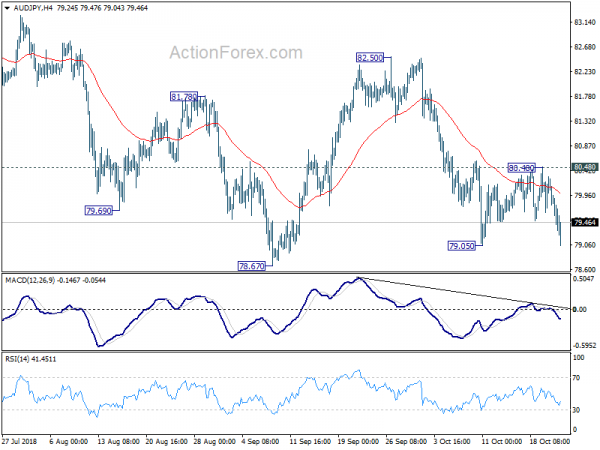
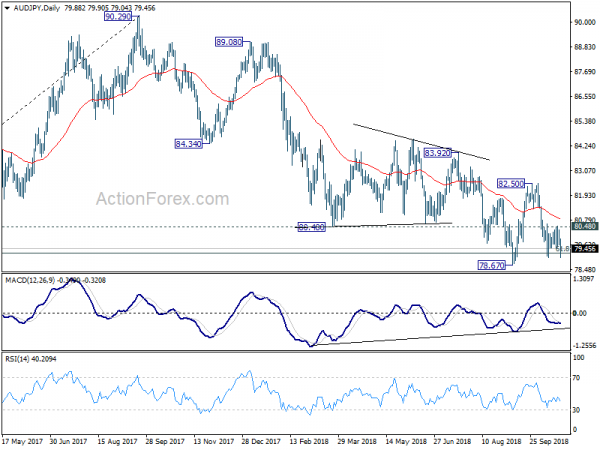
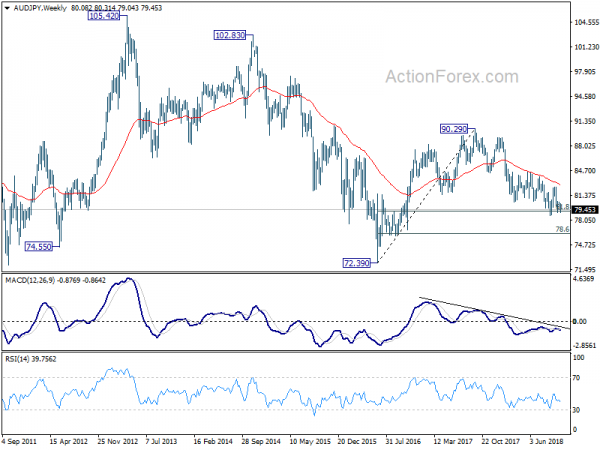
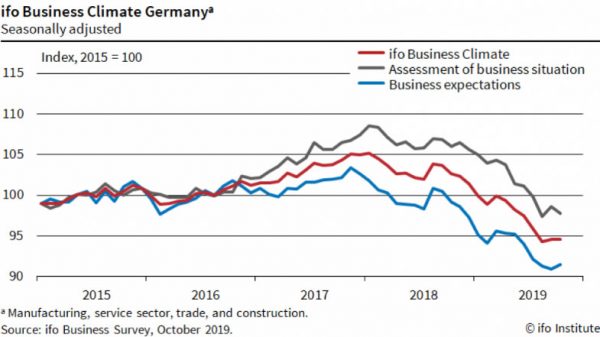

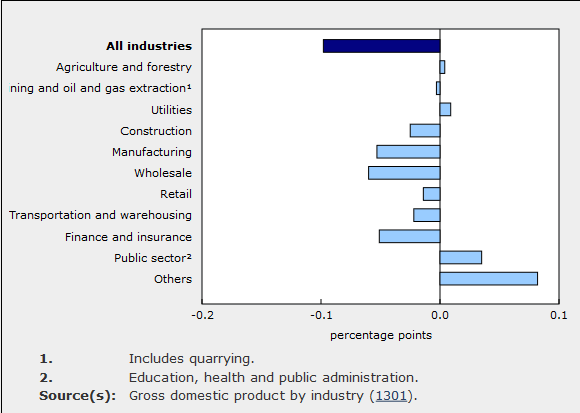
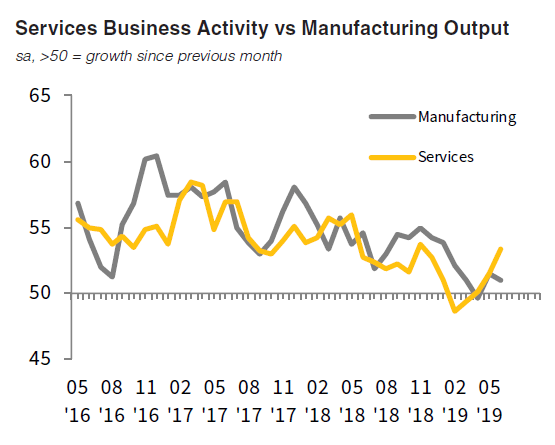

Fed to stand pat, release new projections, may announce end to balance sheet runoff
Fed is widely expected to keep interest rate unchanged at 2.25-2.50% today. Also the central bank is expected to reiterated that it’s in no hurry to make another move. The language that “the Committee will be patient as it determines what future adjustments to the target range for the federal funds rate may be appropriate to support these outcomes” should be maintained .
There will be two major focuses for the announcement as well as press conference. Firstly, Fed’s is known to be preparing for ending the balance sheet roll-off this year. The balance sheet surged from less than USD 1T in 2008 to hit a peak of USD 4.5T as a result of the quantitative easing program. It then started to be reduced by USD 50B per month since early last year. The detailed plan might be revealed today with specifics on when and how the runoff would end.
Fed will also publish first set of new economic projections after it shifted to a “patient” stance. Forecasts on GDP, unemployment rate and inflation are important as usual. But a crucial part is projection on federal funds rate. Back in December, the median forecast was for interest rate to rise to 2.9% in 2019, with central tendency at 2.6-3.1%. For 2020, media rate was at 3.1%. The longer run neutral rate was projected to be at 2.8%, with central tendency at 2.5-3.0%. Today’s projections will hopefully answer questions like: Is there one or two expected rate hikes this year? Are some members expecting a rate cut? Where the neutral rate is? Will rate hike continue down the road to surpass neutral?
Here are Fed’s December projections.
Below are some suggested readings on FOMC: